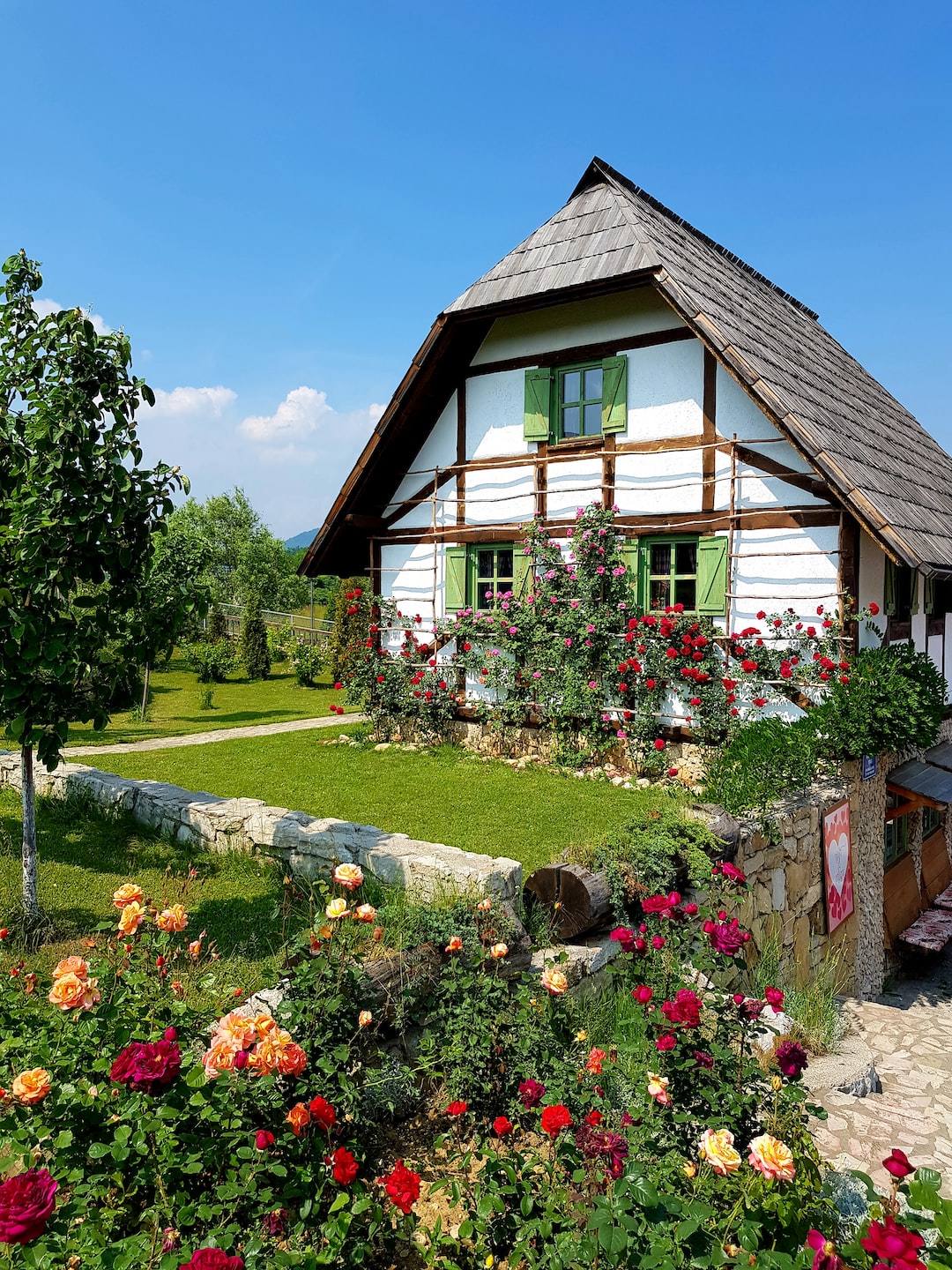How to Prevent Common Garden Pests
Gardening is a rewarding and enjoyable hobby, but it can quickly turn frustrating when pests invade your plants and wreak havoc on all your hard work. However, with proper prevention methods, you can effectively protect your garden from common pests. In this blog post, we will discuss various techniques and natural remedies to keep those pesky intruders at bay.
1. Start with Soil Preparation
Maintaining healthy soil is the first step to prevent pests in your garden. By ensuring that your soil is well-drained and nutrient-rich, you create an environment that promotes the growth of strong and resistant plants. Adding organic matter, such as compost or well-rotted manure, will improve soil structure and provide necessary nutrients for plants, making them less susceptible to pest damage.
2. Choose Resilient Plants
Certain plants are naturally more resistant to pests than others. When planning your garden, select varieties known for their resistance to common pests in your area. Researching and consulting local gardening clubs or experts can provide valuable insights into which plants are more likely to thrive and resist pest infestations.
3. Implement Crop Rotation
Crop rotation is an effective technique to prevent pests and diseases. By rotating your plantings each year, you disrupt the life cycle of many pests that are specific to particular plants. Additionally, rotating crops helps maintain soil fertility and reduces the risk of soil-borne diseases. Avoid planting the same crop or related species in the same location for consecutive years.
4. Utilize Physical Barriers and Traps
Creating physical barriers around your garden is an excellent defense against pests. Install fences, netting, or cages to keep larger animals like deer, rabbits, or birds from damaging your plants. You can also use collars around young transplants to protect them from cutworms or use floating row covers to shield your crops from flying insects.
Traps can be effective in catching and eliminating specific pests. Yellow sticky traps attract and trap flying insects such as aphids, whiteflies, and fruit flies. Beer traps can efficiently catch slugs and snails, while pheromone traps can help control certain types of moths.
5. Companion Planting
Companion planting involves pairing specific plants together to benefit each other. Some plants naturally repel pests or attract beneficial insects that feed on pests. For example, marigolds emit a strong odor that repels many insects, while attracting predators like ladybugs and lacewings. Planting basil near tomatoes can help ward off tomato hornworms. Researching which plants work well together can help deter pests from your garden.
6. Implement Integrated Pest Management (IPM)
Integrated Pest Management is a holistic approach that combines various techniques to control and prevent pests while minimizing the use of chemicals. Regular monitoring of your garden for signs of pest activity is crucial. By identifying problems early on, you can take immediate action, preventing severe infestations.
Encourage beneficial insects, such as ladybugs, lacewings, and praying mantises, which feed on pests, by providing them with a suitable habitat. Avoid using broad-spectrum pesticides that kill beneficial insects along with pests. Instead, consider using targeted organic insecticides or homemade remedies like soapy water, neem oil, or garlic spray to control specific pest populations.
7. Regular Maintenance and Hygiene
Regular maintenance and good garden hygiene are vital for pest prevention. Remove any dead or decaying plant material promptly, as it can attract pests and harbor diseases. Weeds should also be controlled since they often serve as hosts for pests.
Proper watering techniques are crucial to prevent certain pests. Many plant diseases thrive in wet conditions, so avoid overhead watering and water plants at the base to keep foliage dry. Additionally, providing appropriate spacing between plants ensures good airflow, reducing the risk of diseases caused by moisture buildup.
In conclusion, preventing common garden pests requires a combination of techniques and practices. By focusing on soil preparation, implementing crop rotation, utilizing physical barriers, companion planting, integrating pest management, and maintaining good garden hygiene, you can significantly reduce the risk of pest infestations. Remember, prevention is the key to a healthy and thriving garden, so stay vigilant and take the necessary steps to protect your plants from these unwanted visitors.

